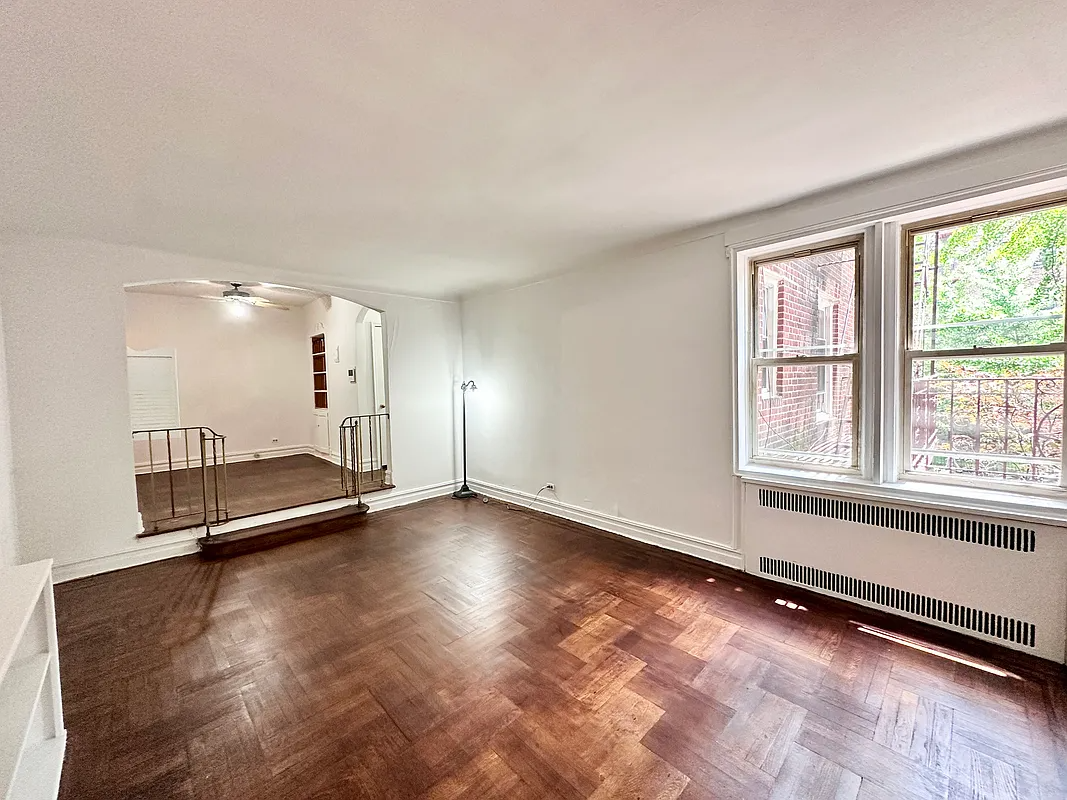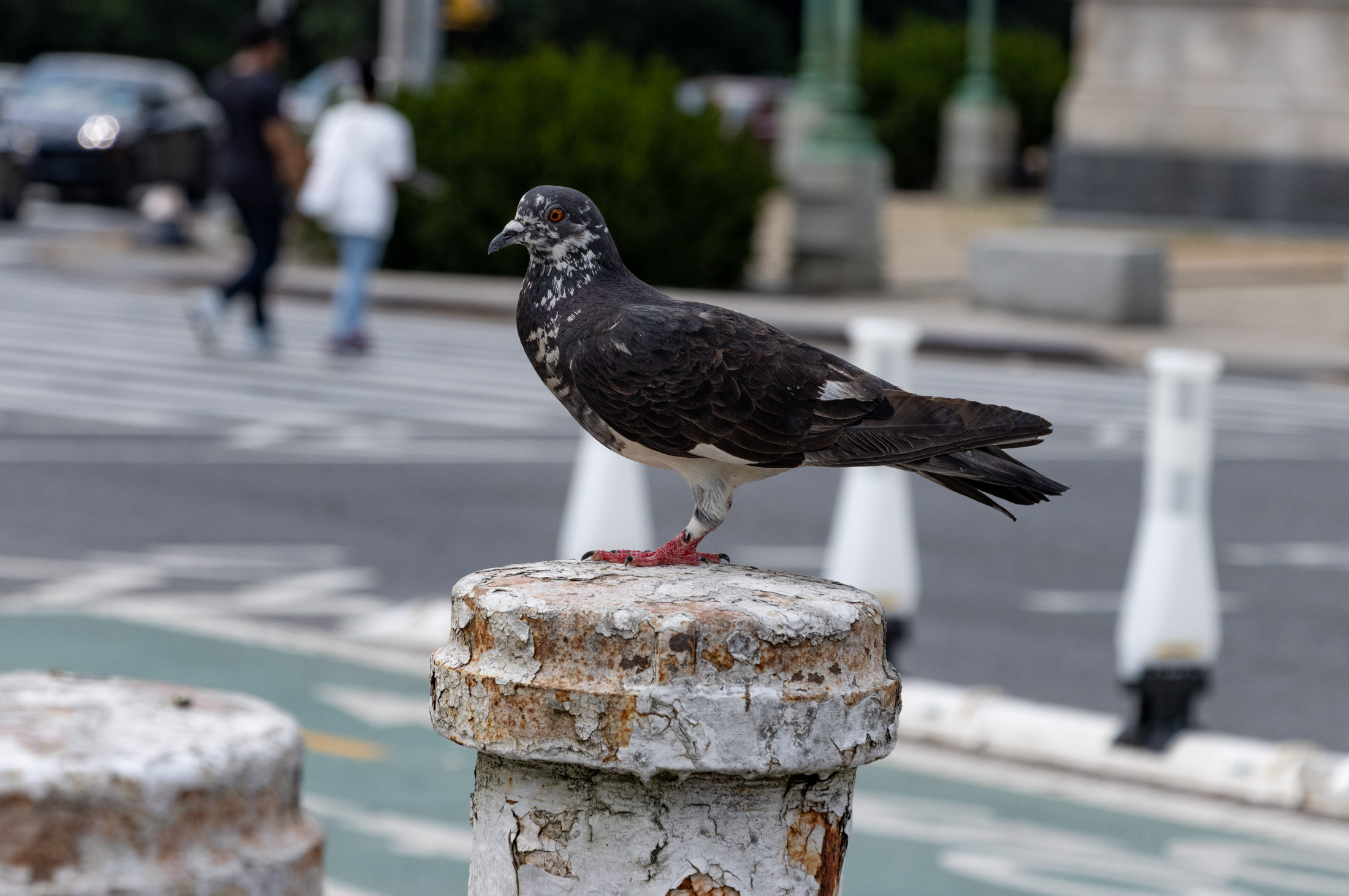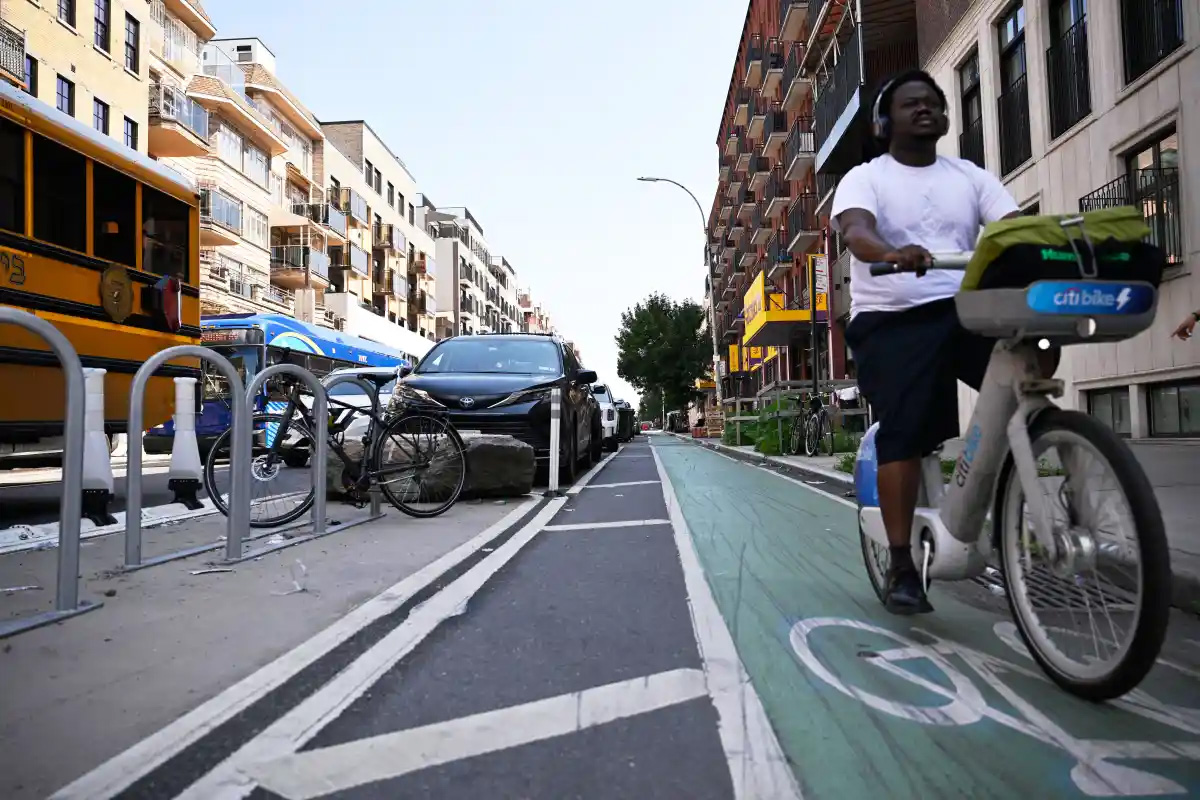A Bridge Between Neighborhoods, Part 1
Little Neck and Douglaston are sister neighborhoods in the far northeast of Queens. The border between what were two tiny towns on the north shore of Long Island in the colonial and postcolonial eras, before they were absorbed into Greater New York along with the rest of Queens in 1898, has long been a puzzlement….

Little Neck and Douglaston are sister neighborhoods in the far northeast of Queens. The border between what were two tiny towns on the north shore of Long Island in the colonial and postcolonial eras, before they were absorbed into Greater New York along with the rest of Queens in 1898, has long been a puzzlement. Some chroniclers say it’s Marathon Parkway, which stands in for 250th Street. I think that allows way to little territory to Little Neck, however, and you’ll forgive me for being partial: I have been a resident of Little Neck since 2007, and reside an Eli Manning touchdown pass, or Geno Smith interception return, from Nassau County.
Despite the fact that the neighborhoods are adjacent, easy entrance and egress between them has long been difficult. There are only two roads between the two neighborhoods near the shoreline: Northern Boulevard, the mother road of Long Island, and a twisting road running between Douglas Road and Little Neck Parkway called by its residents Sandhill Road in its western section and 39th avenue in its eastern part. The city’s Department of Transportation cannot decide between the two and so has a sign on the Douglaston end calling it “Bayshore Boulevard.” Its eastern end is not on city maps at all and so the city disdains posting a street sign.
I’ve discovered a new way to get to Douglaston from Little Neck, though, and it’s all due to a short wood bridge that the NYC Parks Department built just recently.

On this map, my house is on Little Neck Parkway and 40th Avenue. My new shortcut to Douglaston runs down the sliver of Udall’s Cove Park that extends south to Northern Boulevard that I call the true border between Douglaston and Little Neck. As it happens, this new route brings you past several of Douglaston and Little Neck’s historic structures and locales, as well as saving me some time when on my neighborhood constitutionals.
If you look at the map you see no roads that connect Douglaston and Little Neck except for the two I’ve mentioned. That’s because a silty rivulet seeping down from Long Island Sound twists in a generally southern direction, eventually emptying into the sewer system under Northern Boulevard. That rivulet, and the deep valley that its flow has produced over the centuries, is why travel between the northern half of the neighborhoods was restricted to just two pathways.
Well, now it’s three.

The NYC Parks Department’s carpenters were busy over the winter and built a small wood bridge over the rivulet at 40th Avenue and 247th Street, three blocks from my home. Finally, I can cross the creek into Udall’s Cove Park and walk southwest through the park into Douglaston!

Udalls Cove is a 30-acre park dedicated solely to wildlife and nature preservation. Udalls contains salt marshes, a forest, meadow and a freshwater pond. The remains of Little Neck’s clamming past can be evidenced by the wood pilings at Virginia Point, the northern end of Little Neck Parkway, formerly known as Old House Landing Road. The cove is named for 19th Century settler Richard Udall, who owned a mill in the region; his family owned the property until 1950 when the Nassau County portion of the property was sold to the Nassau County Historical Society. The Udall’s Cove Preservation Committee, which takes charge of the park’s upkeep, was formed in 1969 and the cove was opened to the public in 1972.

Giant trees that in some cases resemble dinosaur legs can be found along the newly constructed walkway.

A reminder that the city is never far away. The Port Washington branch of the Long Island Rail Road has extended through the cove since 1866 en route to Great Neck, with an extension northeast to the line’s titular town in 1896. Several dozen trains pass back and forth each day through the heart of the park on a raised embankment.

A fallen birch is no match for the intrepid explorer, whose back managed to survive ducking under the trunk.

The new park pathway empties out onto the northern end of a neighborhood recently given landmarks protection for its historic structures, Douglaston Hill, onto Orient Avenue, which was known as 243rd Street for several decades.

There was the option to scramble up hill to the street located at the summit, Depew Avenue, but I passed on this choice…

… because there’s a historic structure located right here on Orient Avenue.
Douglaston Hill is a small wedge of territory between Douglaston proper and Little Neck, defined by Douglaston Parkway, the Long Island Rail Road tracks, Northern Boulevard and Udall’s Cove Park.
Douglaston Hill’s shady streets are lined with well-kept homes dating to the late 19th and early 20th Centuries, and in some spots, original Belgian block pavement pokes through the asphalt. The neighborhood received a landmark designation by the city in 2004. Some years later, neighborhood residents successfully petitioned the city to have the numbered streets in the neighborhood returned to their original names — one of the few such reversals in Queens history.
Not everything in the neighborhood received Landmarks protection, though, and several blocks are still vulnerable to developers who can tear down houses and replace them with perhaps less esthetic or, in this case, historic structures.
The former St. Peter’s African Methodist Episcopal Church was located in a small, one-story building at a stub end of 243rd Street, now Orient Avenue, north of 42nd Avenue, now Pine Street. It was a house of worship for much of the 20th Century, but is now a private dwelling.
The A.M.E. Church was co-founded in 1794 by former Delaware slave Richard Allen and gradually expanded worldwide. The largest A.M.E. church building in Queens is located on Union Street in the heart of Flushing.
This is not the only historic church located in Douglaston Hill — a much older and larger one is nearby. And, we haven’t seen the last of Udall’s Cove Park. These, and much more, will be seen in Part 2.
Kevin Walsh is the webmaster of Forgotten NY and the author of Forgotten New York and, with the Greater Astoria Historical Society, Forgotten Queens.





http://observer.com/2015/02/the-tyranny-of-nostalgia-is-making-cities-unaffordable/